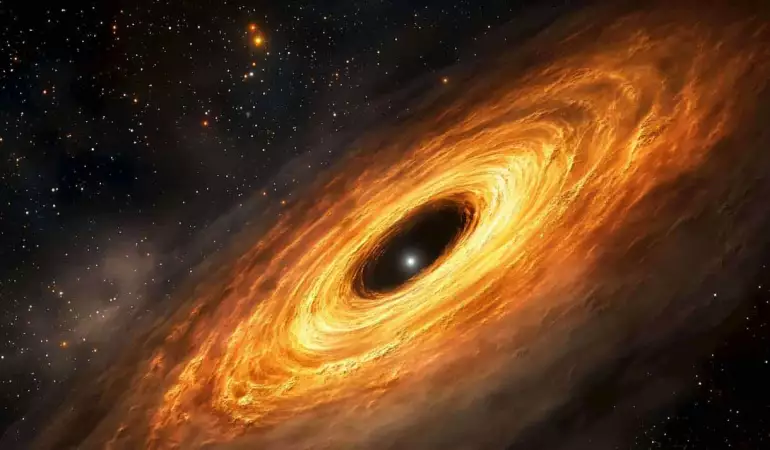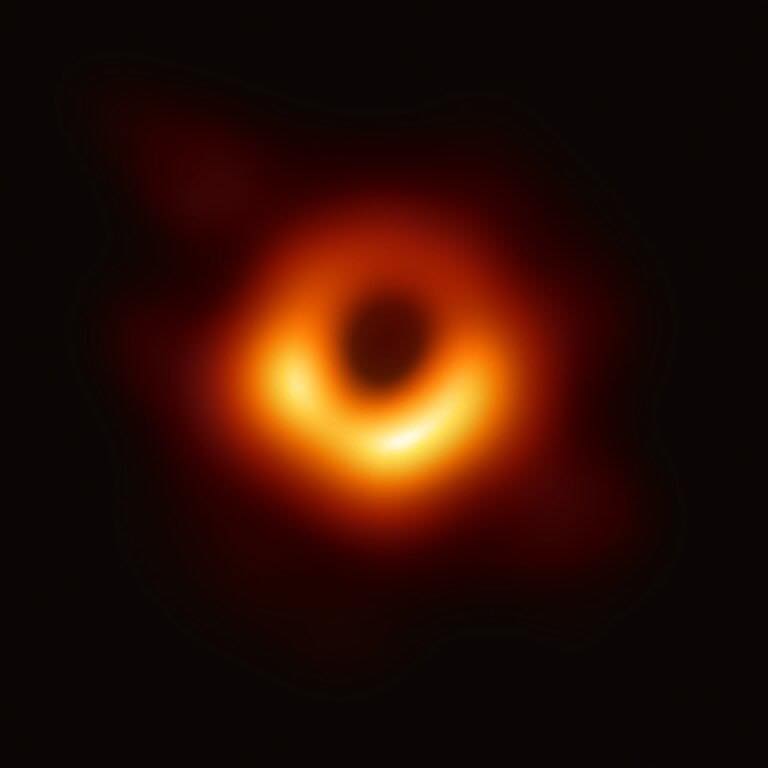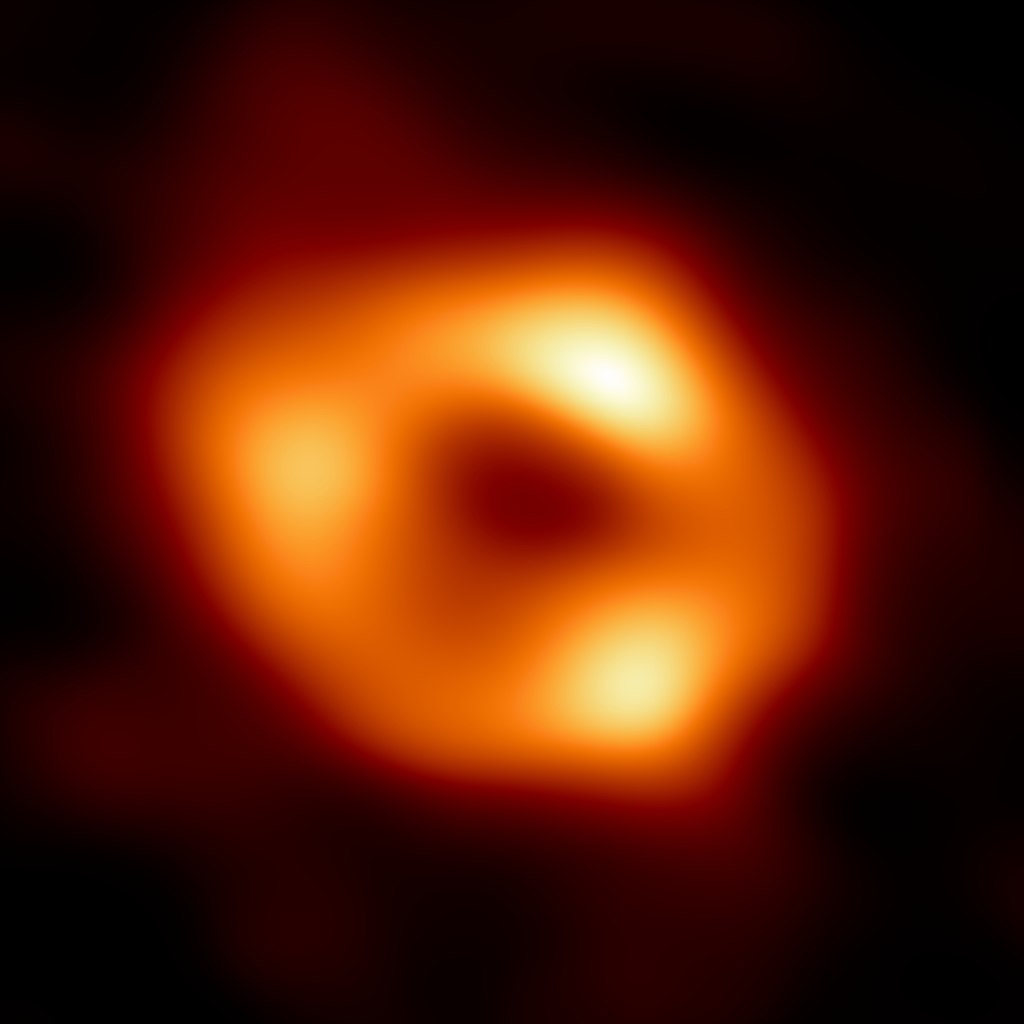5 incredible facts about black holes
Black holes are hard to see because of the strong gravity that prevents light from escaping. Almost a century after their existence was theorised, scientists finally have the tools to study them. Here are the basic facts about black holes, also known as black holes.
January 14, 2025 08:42
1. Scientists speculate that there may be millions of black holes in our galaxy, and we may never know where they are
There are probably millions of black holes in the constellation of the Milky Way alone, orbiting like stars, but we can't see them.
They are almost impossible to detect unless they are feeding on cosmic material or attracting nearby stars. This means that a black hole could pass through our Solar System without us knowing.
2. If you were sucked in by a black hole, you would never escape
If you were very close to a black hole, you would be sucked into it and never escape.
Anything that gets too close to a black hole - from a star or even a person - is trapped by it.
Scientists call this point of no return around a black hole the event horizon.
By the way, the closest known black hole to Earth is thought to be 1 000 light-years away, so we shouldn't worry - we won't be sucked in.
3. If you fell into a black hole the size of a star, you might turn into a "human spaghetti"
The gravitational field of a black hole the size of a star is extreme and can vary greatly over small distances.
If you were to fall into it, your legs would immediately be pulled much harder than your head, and you would be stretched very thin. This extreme stretching effect is called spaghettification.
4. There are 4 types of black holes
Scientists think there are four types of black holes.
The primordial black holes formed in early space, possibly after the Big Bang. Most of them were the size of an atom or smaller.
Stellar-mass black holes are formed by the explosion of massive stars. They have masses of up to 100 solar masses.
Intermediate-mass black holes have masses ranging from 100 to hundreds of thousands of solar masses. They have only recently been confirmed.
Supermassive black holes are located in the centres of galaxies and have masses of millions or even billions of solar masses. An example is Sgr A* at the centre of the Milky Way, which has a mass of over 4 million solar masses.
5. We already know what a black hole looks like
In 2019, the NSF-supported Event Horizon Telescope captured the first image of a black hole called M87*, which has the largest mass of any known black hole - 6.5 billion times the mass of the Sun.

In 2022, scientists published the second recorded image of a black hole - a black abyss at the centre of the Bluebeard's Clouds, called Sagr A*.

To capture images of black holes, an international collaboration of scientists combined telescopes from all over the planet into an array that worked together like a supertelescope to capture the region around the black hole and the pitch-black void at its heart, where the black hole "lives".
You can learn more about this remarkable telescope in this video in English:




